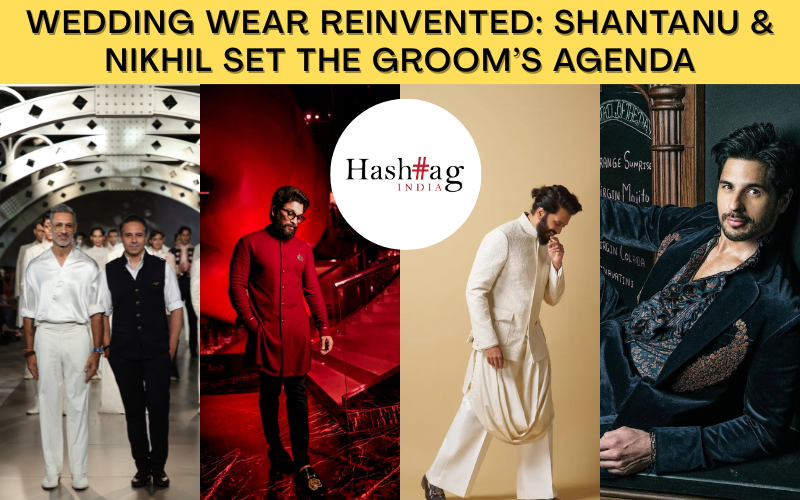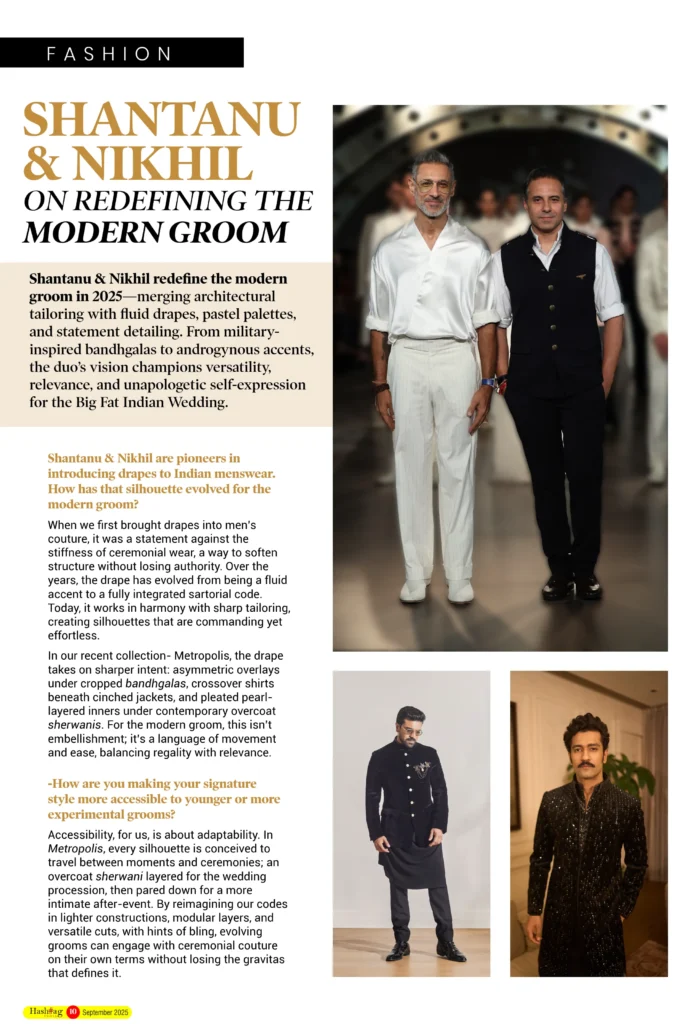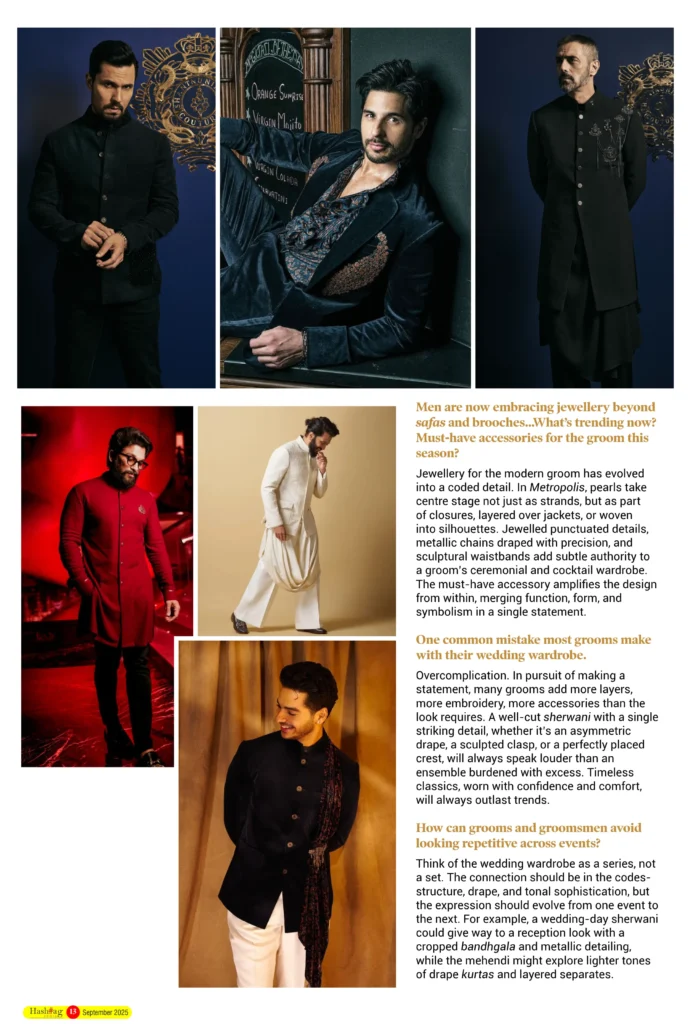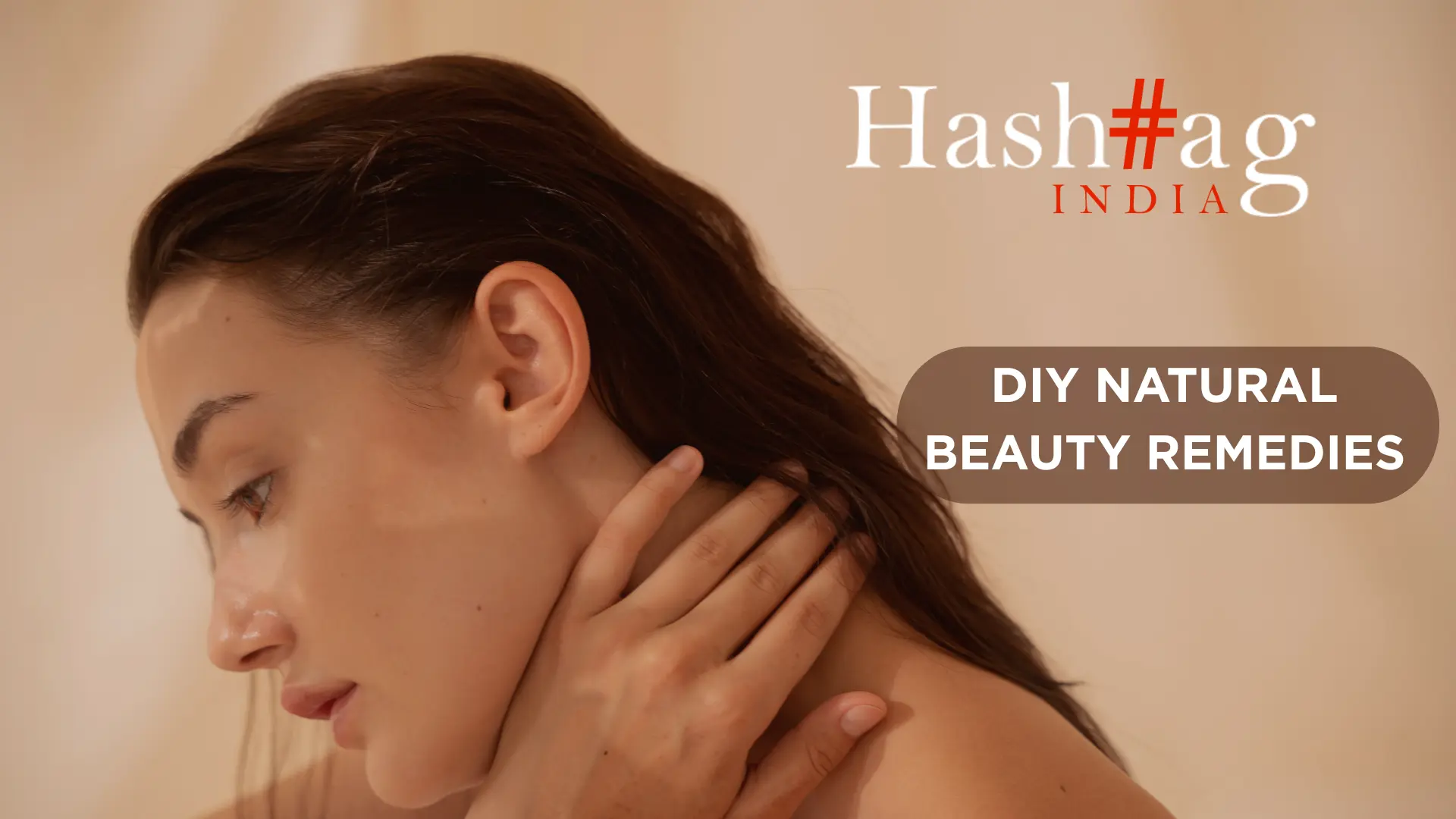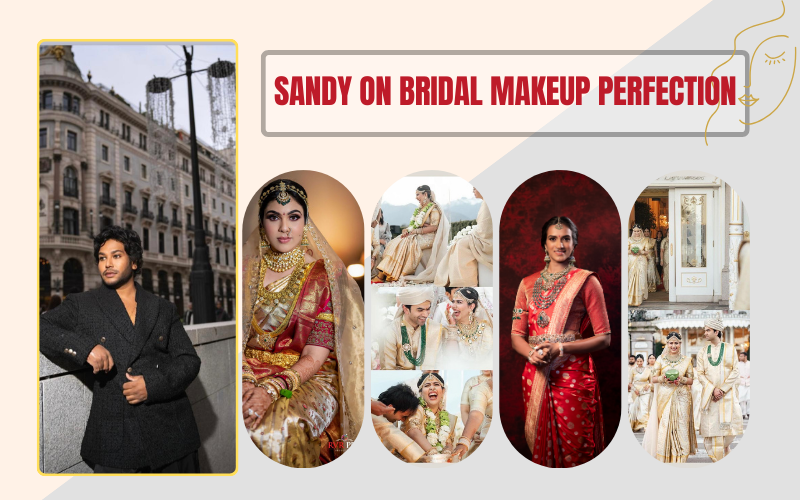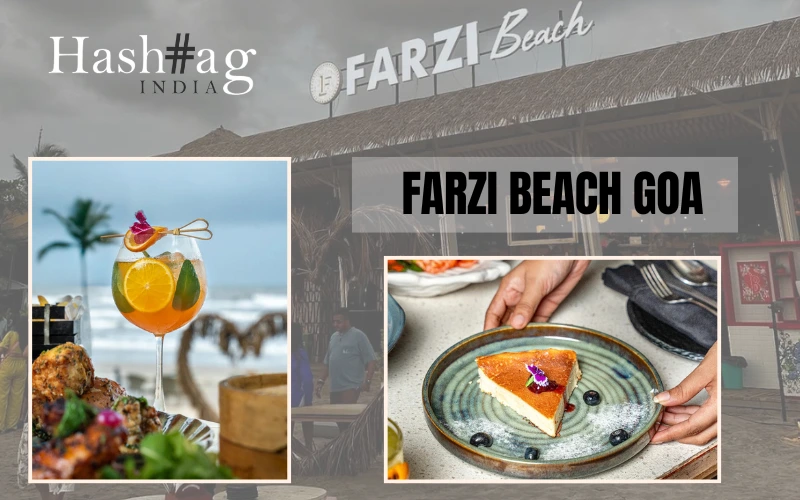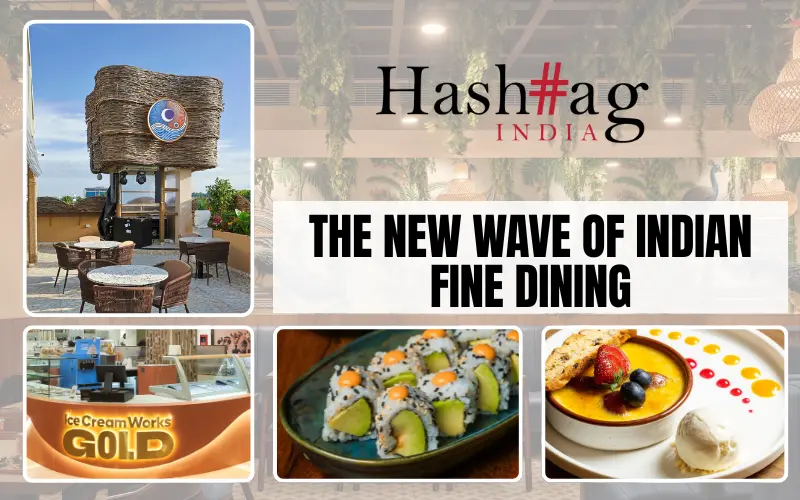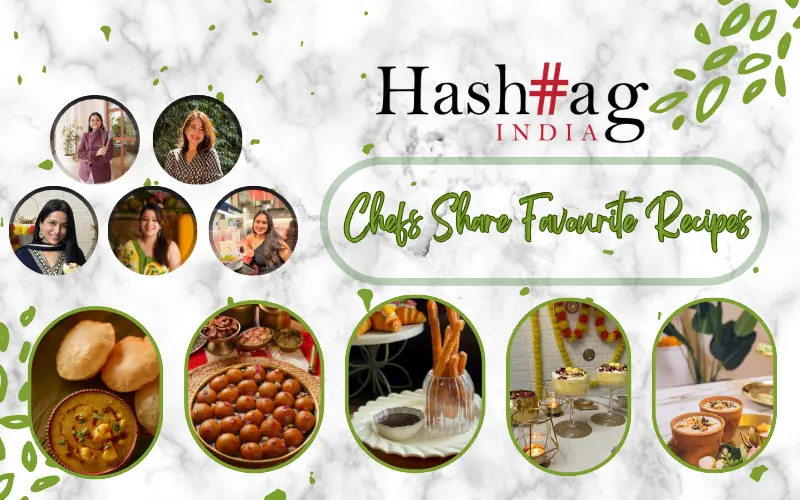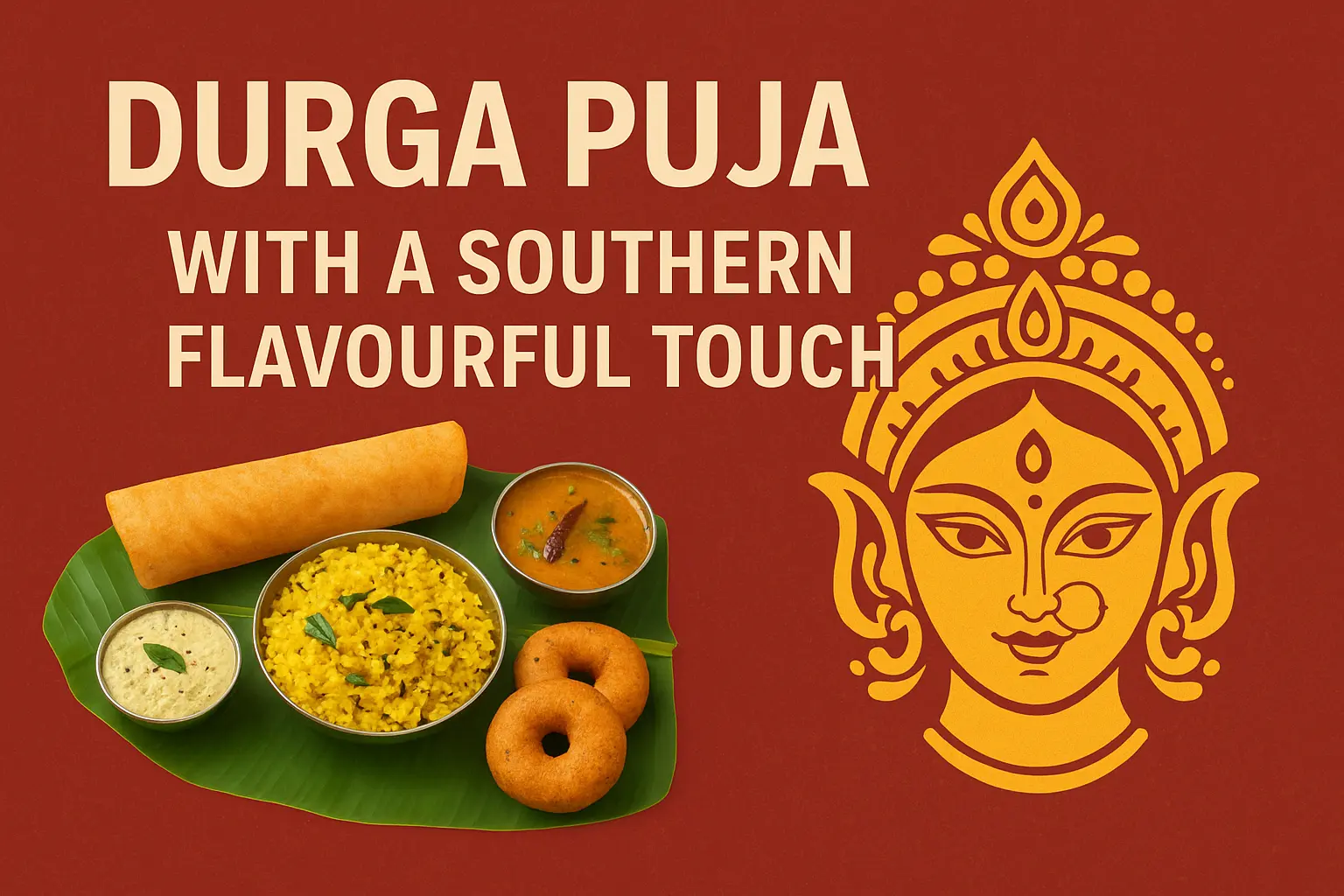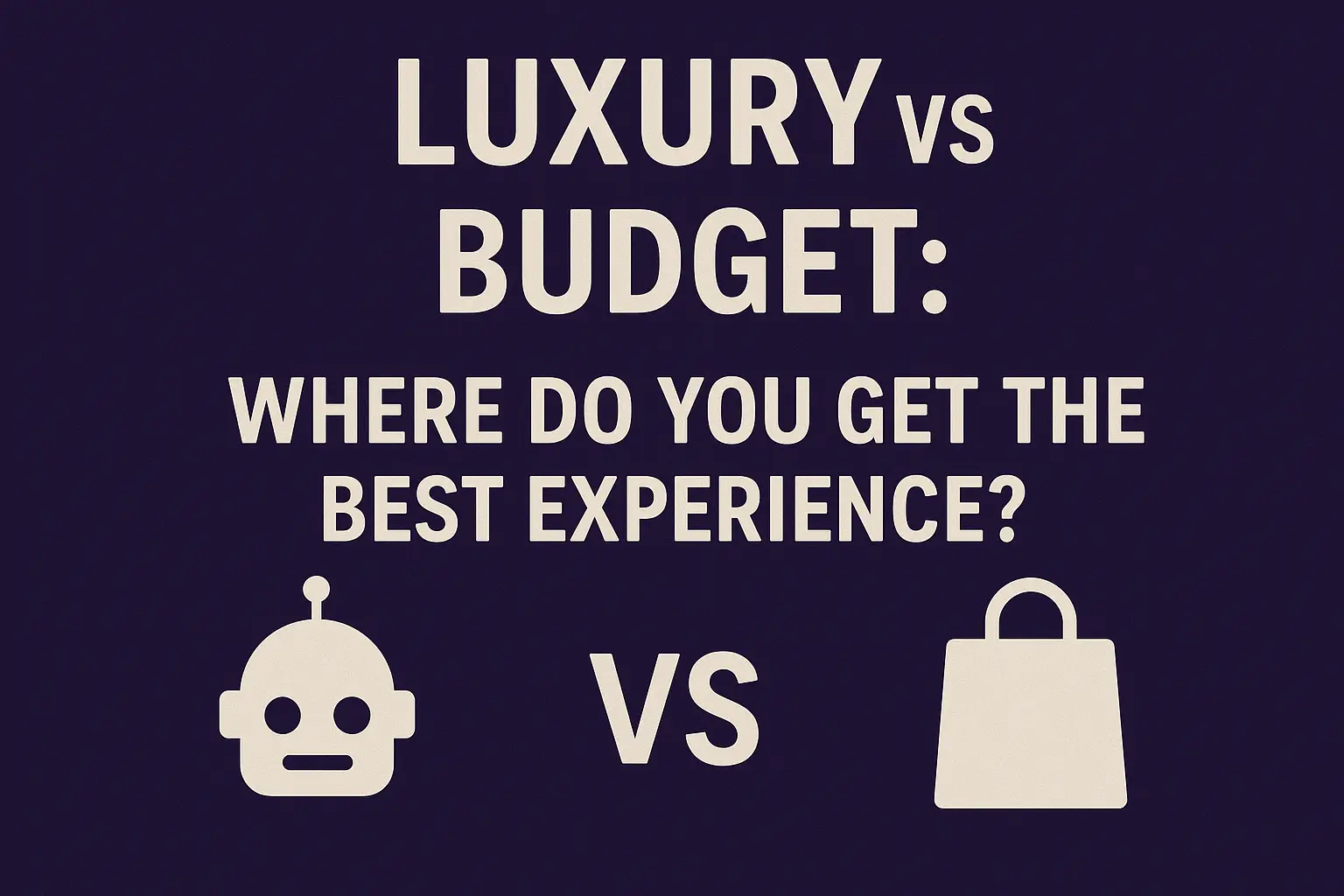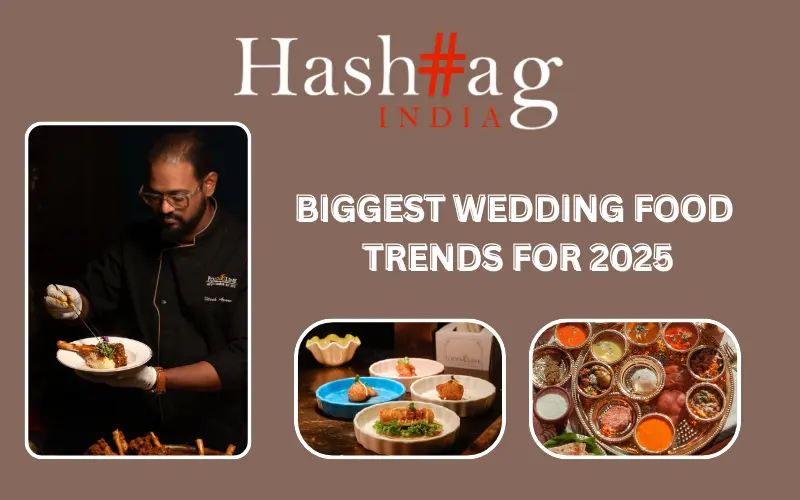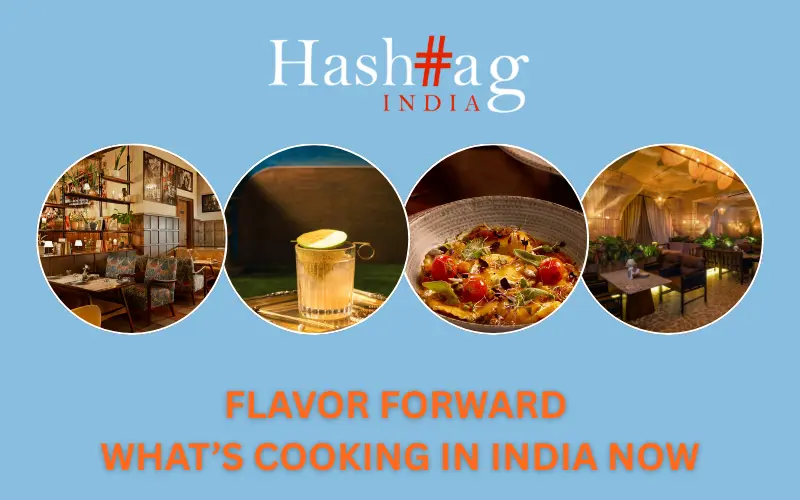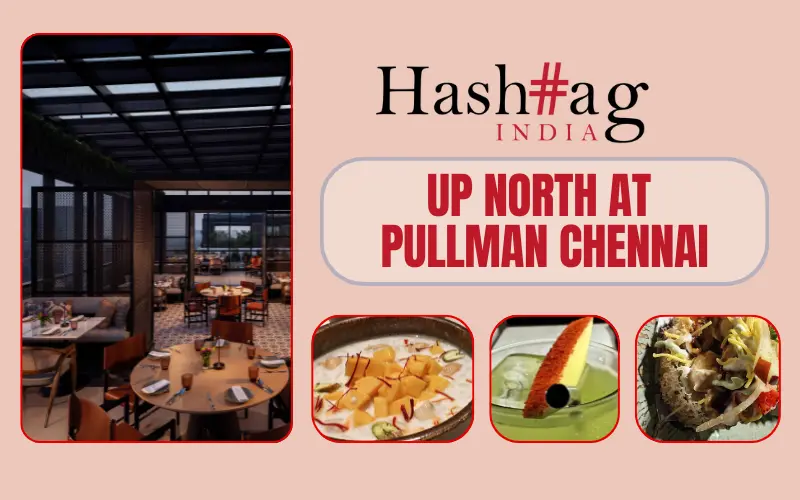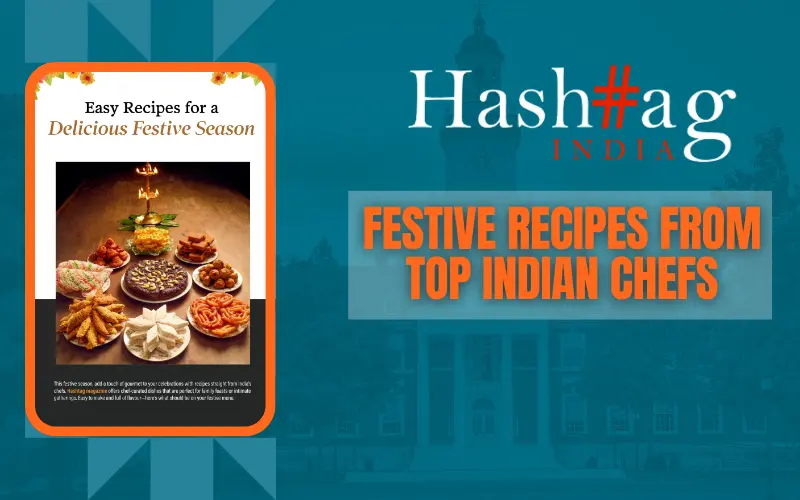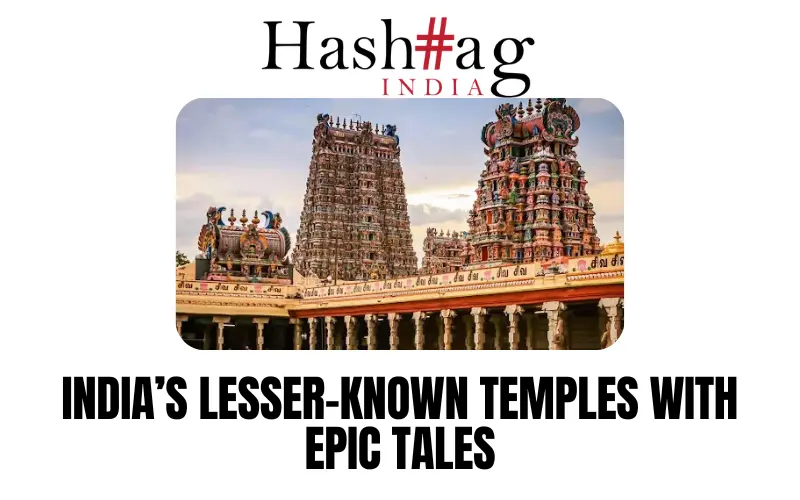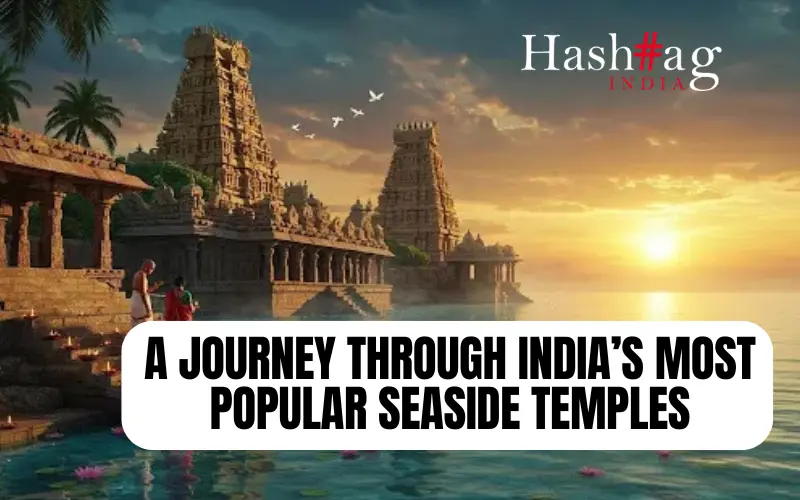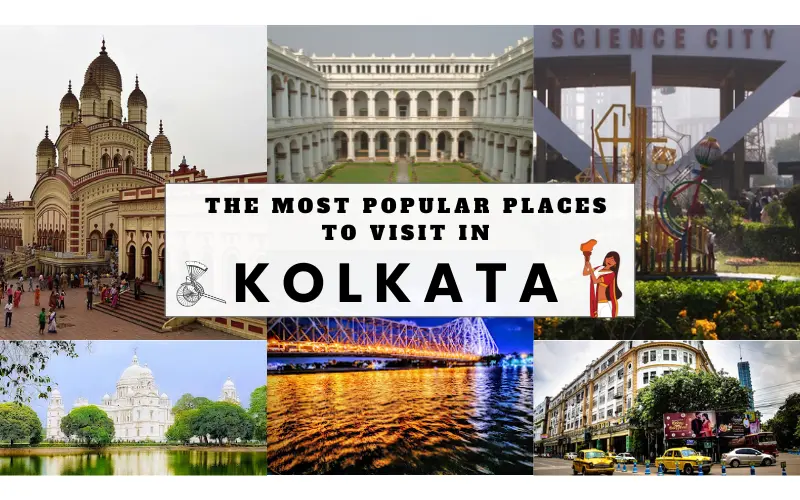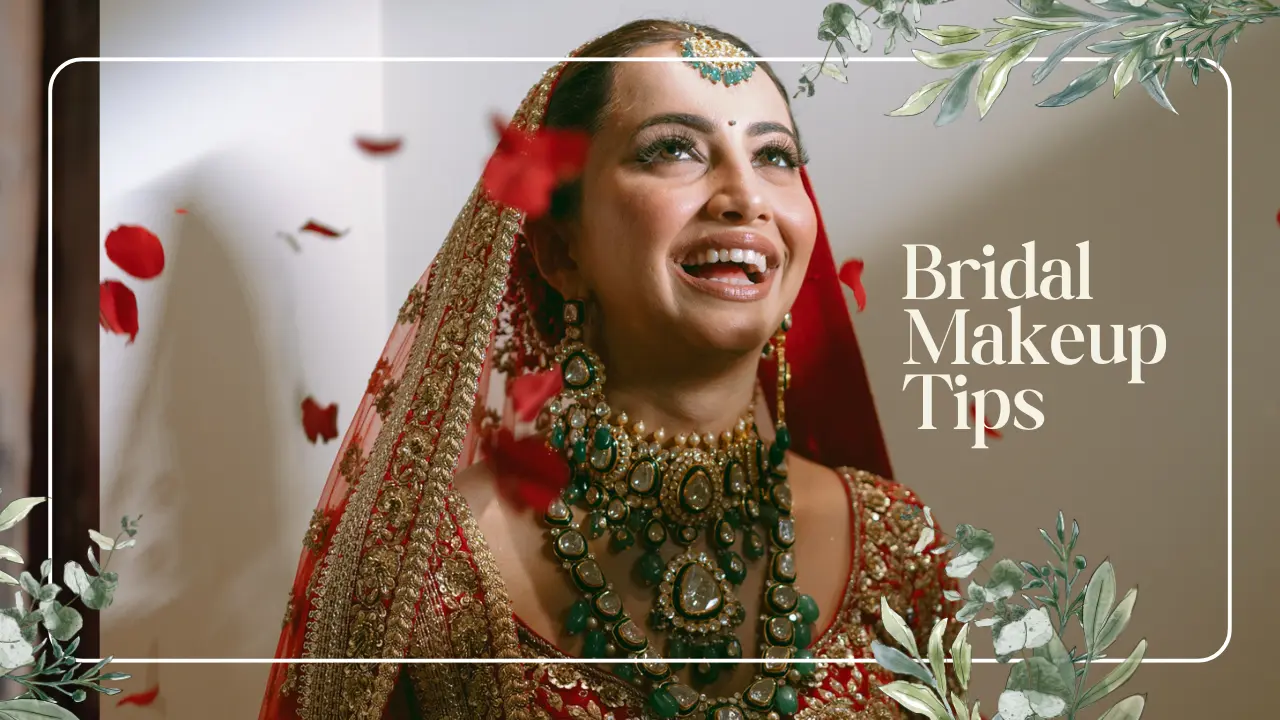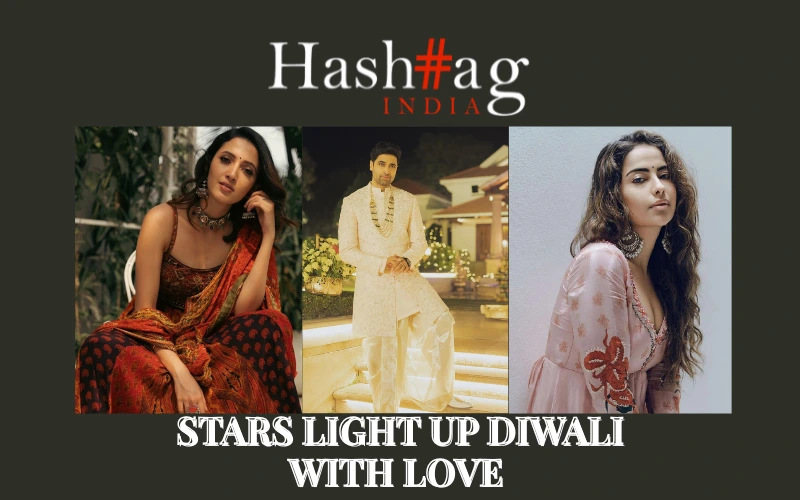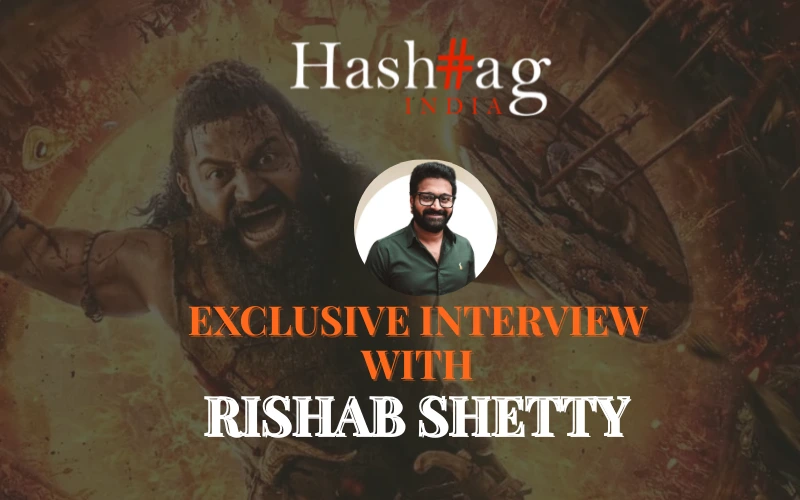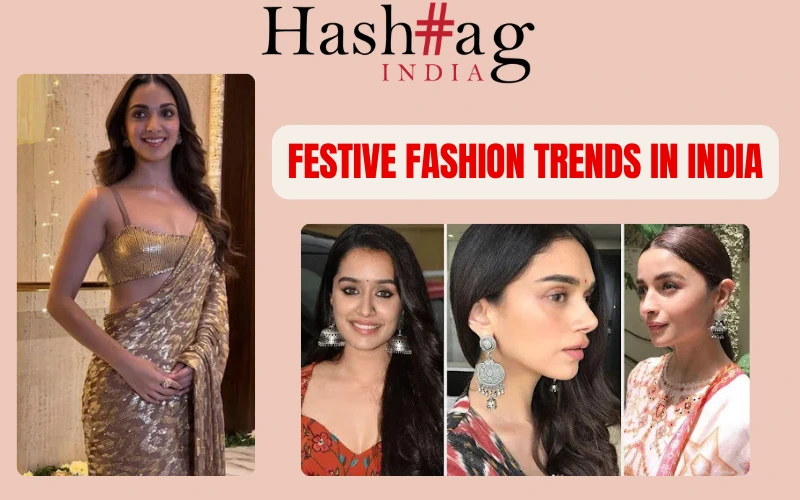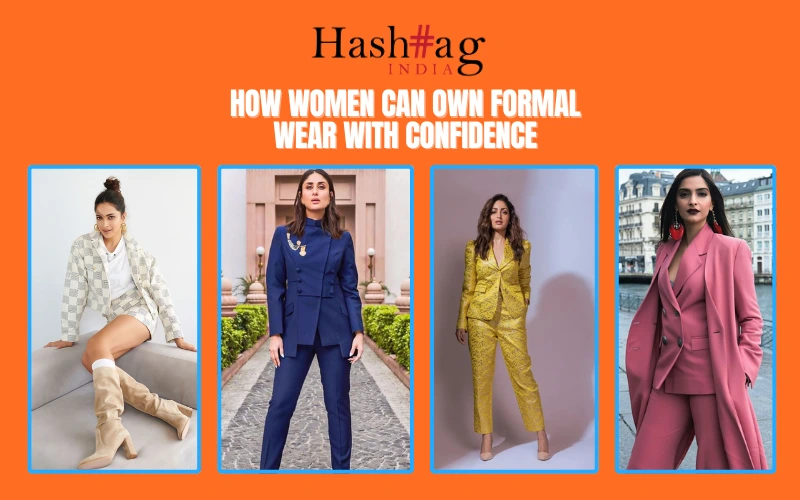The Big Fat Indian Wedding is more than a celebration, it’s an experience. From grand floral mandaps to Instagram-worthy dessert tables, from runway-ready garment trends by top designers to celebrity-inspired makeup and cinematic wedding photography, we explore the trends redefining how India says “I do” in 2025.
Shantanu & Nikhil on Redefining the Modern Groom
Shantanu & Nikhil redefine the modern groom in 2025 merging architectural tailoring with fluid drapes, pastel palettes, and statement detailing. From military-inspired bandhgalas to androgynous accents, the duo’s vision champions versatility, relevance, and unapologetic self-expression for the Big Fat Indian Wedding.
Shantanu & Nikhil are pioneers in introducing drapes to Indian menswear. How has that silhouette evolved for the modern groom?
When we first brought drapes into men’s couture, it was a statement against the stiffness of ceremonial wear, a way to soften structure without losing authority. Over the years, the drape has evolved from being a fluid accent to a fully integrated sartorial code. Today, it works in harmony with sharp tailoring, creating silhouettes that are commanding yet effortless.
In our recent collection- Metropolis, the drape takes on sharper intent: asymmetric overlays under cropped bandhgalas, crossover shirts beneath cinched jackets, and pleated pearl-layered inners under contemporary overcoat sherwanis. For the modern groom, this isn’t embellishment; it’s a language of movement and ease, balancing regality with relevance.
How are you making your signature style more accessible to younger or more experimental grooms?
Accessibility, for us, is about adaptability. In Metropolis, every silhouette is conceived to travel between moments and ceremonies; an overcoat sherwani layered for the wedding procession, then pared down for a more intimate after-event. By reimagining our codes in lighter constructions, modular layers, and versatile cuts, with hints of bling, evolving grooms can engage with ceremonial couture on their own terms without losing the gravitas that defines it.
What are the top three menswear trends for weddings in 2025?
- Architectural layering: Overcoat sherwanis and cinched bandhgalas paired with fluid drapes.
- Statement detailing: Crest insignias, two-toned embroideries, and pearl and metallic details that quietly command attention.
- Androgynous Edge: The crossover of elements, ruffles, sheer overlays, and soft pleating into menswear, reinforcing the idea that strength and softness can coexist.
Which colours are dominating the grooms wear palette this season?
One of the most striking shifts in grooms wear is the departure from conventional dark tones to softer pastels, once considered feminine, now embraced as a bold style statement. In our latest couture collection, noir remains the anchor for evening formality, while pearl and ivory lead the charge for daytime ceremonies. Sand gold, pewter, and chrome bring an understated metallic gravitas, while vintage pastels emerge as modern statements for pre-wedding festivities. Every hue is curated to amplify the architectural tailoring, symbolic insignias, and fluid drapery that define the new code of menswear.
What are the new-age alternatives to traditional sherwanis or bandhgalas?
The new age alternatives emerge from a space of not replacing tradition but reinventing it. The sherwani becomes an open-cut overcoat with a draped inner, the bandhgala evolves into a cropped silhouette with an asymmetric front accentuated with Shantanu Nikhil’s embroidered crest from the house codes, and the kurta transforms into a crossover drape with tonal layering. These adaptations keep the ceremonial essence intact but give the groom greater freedom in movement, styling, and self-expression. It’s tradition, reinterpreted through structure, drape, and a new code of menswear, which is here to stay.
Any signature looks or capsules you’ve designed specifically for groomsmen or male wedding parties? How can groomsmen stand out in smaller ceremonies like haldi, mehendi, or welcome dinners without outshining the groom?
Signature groomsmen look embrace classic sartorial fits, cropped or cinched bandhgalas, and shirt-kurtas layered with waistcoats or lightweight jackets. We favour tonal depth, textured contrasts, and embroidered insignias, details that whisper rather than shout, crafting a visual language that feels refined, relevant, and unified.
It’s cohesion without cloning, anchoring the group in the codes of Metropolis: structure, fluidity, and contemporary design elements; this is the new code for groomsmen as well, without having to outshine the groom.
Men are now embracing jewellery beyond safas and brooches…What’s trending now? Must-have accessories for the groom this season?
Jewellery for the modern groom has evolved into a coded detail. In Metropolis, pearls take centre stage not just as strands, but as part of closures, layered over jackets, or woven into silhouettes. Jewelled punctuated details, metallic chains draped with precision, and sculptural waistbands add subtle authority to a groom’s ceremonial and cocktail wardrobe. The must-have accessory amplifies the design from within, merging function, form, and symbolism in a single statement.
One common mistake most grooms make with their wedding wardrobe.
Overcomplication. In pursuit of making a statement, many grooms add more layers, more embroidery, more accessories than the look requires. A well-cut sherwani with a single striking detail, whether it’s an asymmetric drape, a sculpted clasp, or a perfectly placed crest, will always speak louder than an ensemble burdened with excess. Timeless classics, worn with confidence and comfort, will always outlast trends.
How can grooms and groomsmen avoid looking repetitive across events?
Think of the wedding wardrobe as a series, not a set. The connection should be in the codes- structure, drape, and tonal sophistication, but the expression should evolve from one event to the next. For example, a wedding-day sherwani could give way to a reception look with a cropped bandhgala and metallic detailing, while the mehendi might explore lighter tones of drape kurtas and layered separates.
Are there any fabrics, cuts, or styling tricks you feel are overused or outdated now?
Styling for the modern groom should be rooted in intention, not excess. Layering, when done with precision, can transform ceremonial couture; a sharply tailored bandhgala over a fluid drape, or a cropped jacket paired with tonal separates instantly elevates presence. The drape, in particular, remains timeless; it softens formality while preserving authority, making it as relevant today as when we first introduced it to menswear. It’s about building depth through silhouette, proportion, and texture, ensuring every element has a purpose.
Finally, what’s the one unexpected look or idea you wish more grooms would experiment with?
The pairing of structure with movement. A cinched overcoat sherwani layered over a fluid drape, or a sharply tailored jacket anchored with a metallic waistband, carries both authority and ease. It’s a reminder that the groom’s style can be as dynamic as the celebration itself; modern, versatile, and unafraid to merge ceremony with self-expression.

